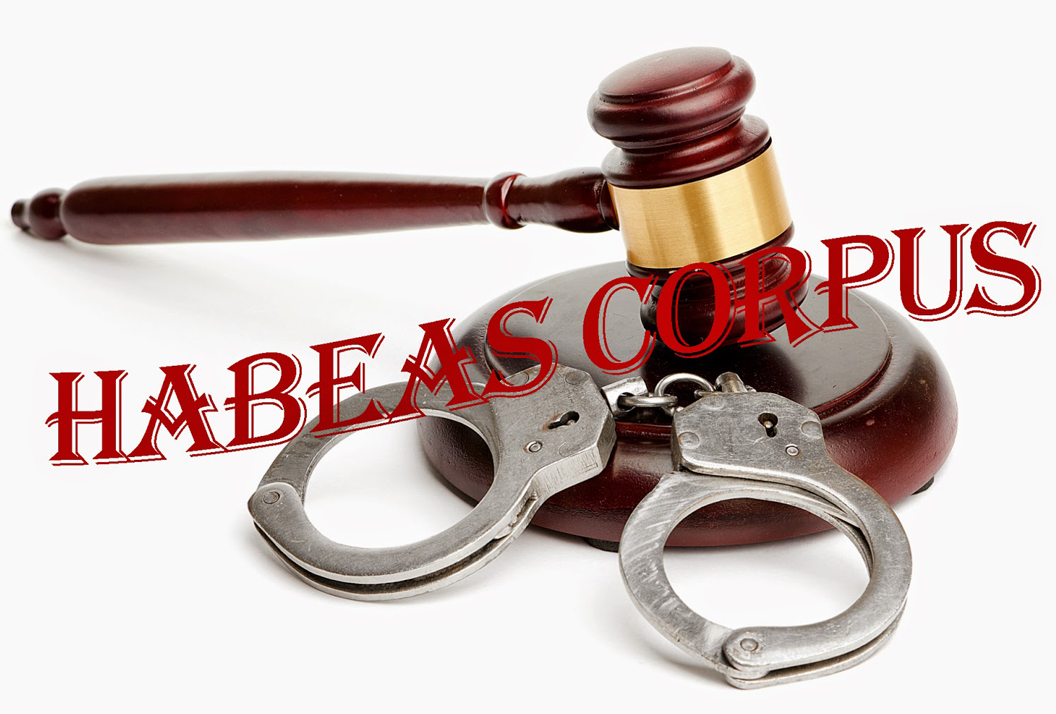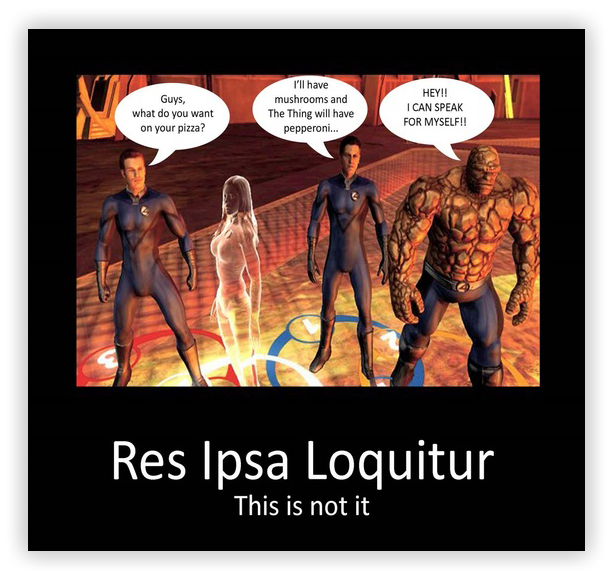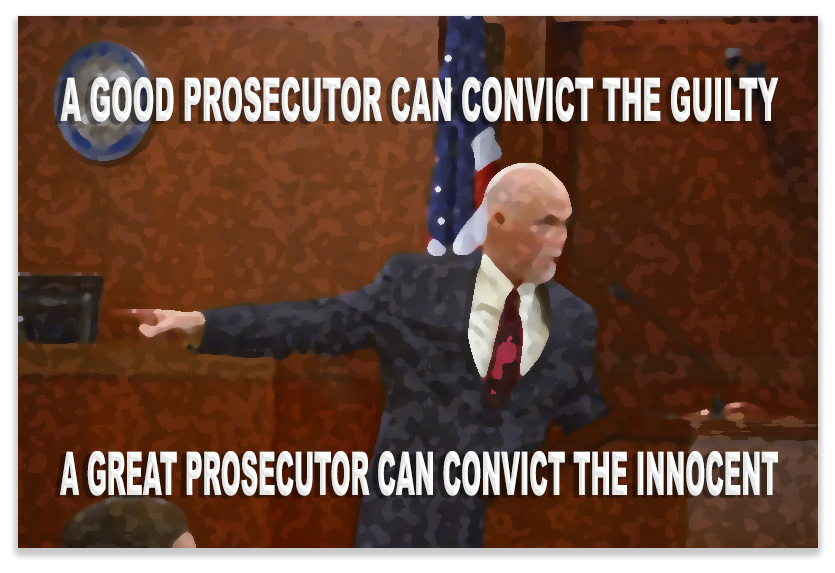We post news and comment on federal criminal justice issues, focused primarily on trial and post-conviction matters, legislative initiatives, and sentencing issues.

6TH CIRCUIT REFUSES § 2241 MOTION ON CIRCUIT SENTENCING STATUTE REINTERPRETATIONS
 Since the Anti-Terrorism and Effective Death Penalty Act of 1996, post-conviction habeas corpus motions brought under 28 USC § 2255 have pretty much been one-to-a-customer. A prisoner is entitled to file a second § 2255 motion only where the Supreme Court had issued a constitutional ruling made retroactive (such as 2015’s Johnson v. United States) or where prisoners discover new compelling evidence that they are actually innocent of the offense of conviction.
Since the Anti-Terrorism and Effective Death Penalty Act of 1996, post-conviction habeas corpus motions brought under 28 USC § 2255 have pretty much been one-to-a-customer. A prisoner is entitled to file a second § 2255 motion only where the Supreme Court had issued a constitutional ruling made retroactive (such as 2015’s Johnson v. United States) or where prisoners discover new compelling evidence that they are actually innocent of the offense of conviction.
But § 2255 has a “savings” clause in subsection (e), that lets a prisoner file a classic habeas corpus action under 28 USC § 2241 if the § 2255 remedy is “inadequate or ineffective to test the legality of his detention.” The Supreme Court held in the 1997 Bousley v. United States decision that if there is a change in statutory interpretation (but not a constitutional violation) that makes a prisoner actually innocent of the crime of conviction, the § 2255(e) “savings” clause applies.
For those who came in late: Section 2241 of Title 28 of the U.S. Code establishes procedures for petitioning for a writ of habeas corpus. It establishes the rules for exercising that ancient (think Magna Carta) right to petition the courts whenever one is being detained (jailed or imprisoned) unconstitutionally or contrary to law. It may be the most valuable right anyone has anywhere (that’s why they call it “the Great Writ“).
But when the writ of habeas corpus is aimed not at the jailer, but instead at the constitutionality of the federal court proceeding that got you to prison in the first place, Congress wrote a separate statute – 28 USC § 2255 – to govern those proceedings. A third section, 28 USC § 2254, addresses procedures for state prisoners who have exhausted their habeas rights in state court, and have to head off to federal court.
 Now, back to the live action… Just about every federal prisoner files his or her one-and-only § 2255 motion. You have a year from the time your conviction is final, so it is very much a use-it-or-lose-it proposition. But what if (as often happens) you discover something new that could get you released, but the discovery comes after the year passes? Take our hypothetical defendant, Smith N. Wesson. Unsurprisingly, Smith was convicted of being a felon in possession of a firearm under 18 USC § 922(g), despite the fact that he did not know that his prior state conviction was a felony as opposed to a misdemeanor. A felony made him ineligible to possess a gun, a misdemeanor did not. Smith’s lack of knowledge that he was breaking the law made no difference: he would have nonetheless have been guilty. Up until last June, it was not necessary that Smith know he was prohibited from possessing a gun. He only had to know that thing he was carrying was a gun rather than, say, a toaster. And if our man Smith knew anything, he knew guns.
Now, back to the live action… Just about every federal prisoner files his or her one-and-only § 2255 motion. You have a year from the time your conviction is final, so it is very much a use-it-or-lose-it proposition. But what if (as often happens) you discover something new that could get you released, but the discovery comes after the year passes? Take our hypothetical defendant, Smith N. Wesson. Unsurprisingly, Smith was convicted of being a felon in possession of a firearm under 18 USC § 922(g), despite the fact that he did not know that his prior state conviction was a felony as opposed to a misdemeanor. A felony made him ineligible to possess a gun, a misdemeanor did not. Smith’s lack of knowledge that he was breaking the law made no difference: he would have nonetheless have been guilty. Up until last June, it was not necessary that Smith know he was prohibited from possessing a gun. He only had to know that thing he was carrying was a gun rather than, say, a toaster. And if our man Smith knew anything, he knew guns.
But in June 2019, the Supreme Court threw Smith a bone. It held in Rehaif v. United States that a § 922(g) defendant had to know that he or she was in a class of people prohibited from possessing firearms. After Rehaif, Smith would not be guilty of the crime.
Rehaif was not a decision on the constitutionality of 18 USC § 922(g). Instead, it was just an interpretation of what the statute said. What it had always said, the Supremes said, but none of the courts of appeal had ever under understood that.
 But Rehaif put Smith in a quandary: although he was as innocent as a lamb, Smith had already used his § 2255 rights several years before, and he thus could not file a second § 2255 unless he met the narrow criteria. And he definitely did not. But he could file a § 2241 petition, because the § 2255(e) savings clause applies.
But Rehaif put Smith in a quandary: although he was as innocent as a lamb, Smith had already used his § 2255 rights several years before, and he thus could not file a second § 2255 unless he met the narrow criteria. And he definitely did not. But he could file a § 2241 petition, because the § 2255(e) savings clause applies.
Most circuits (not the 10th and 11th) hold that even where a later Supreme Court decision affects only a prisoner’s sentence, not just the prisoner’s conviction, he or she may file a § 2241 petition to get relief. The 4th Circuit has gone further: in the 2018 United States v Wheeler decision, the 4th said that prisoners barred from filing a second § 2255 motion may seek habeas relief under 28 USC § 2241 based on new statutory interpretation decisions from circuit courts of appeal, not just the Supreme Court.
All of which brings us to today’s case. Ramon Hueros got a drug distribution sentence under 21 USC § 841(b)(1)(A), the mandatory minimum time for which was doubled from 10 to 20 years because he had been previously convicted of two state drug convictions. After a 9th Circuit and 4th Circuit decision held those prior state convictions were not really felonies at all (which meant Ramon should never have gotten a 240-month minimum federal sentence), he filed for relief. He had previously filed and lost a § 2255 motion, so he filed a § 2241 petition for habeas corpus under the “savings” clause.
 Last week, the 6th Circuit ruled 2-1 that Ramon was not entitled to use the § 2255(e) savings clause (and thus, file a 2241 motion) based on a new court of appeals decision changing statutory interpretation. “Although the 4th Circuit has blessed an identical request [in the 2018 decision, United States v. Wheeler], we must respectfully decline. Among our reasons: Congress allowed prisoners to file a second § 2255 motion only if the Supreme Court adopts a new rule of constitutional law… We would write this limit out of the statute if we held that new rules from the circuit courts (whether of statutory or constitutional law) could render 2255 inadequate or ineffective and trigger the right to a second round of litigation under 2241.”
Last week, the 6th Circuit ruled 2-1 that Ramon was not entitled to use the § 2255(e) savings clause (and thus, file a 2241 motion) based on a new court of appeals decision changing statutory interpretation. “Although the 4th Circuit has blessed an identical request [in the 2018 decision, United States v. Wheeler], we must respectfully decline. Among our reasons: Congress allowed prisoners to file a second § 2255 motion only if the Supreme Court adopts a new rule of constitutional law… We would write this limit out of the statute if we held that new rules from the circuit courts (whether of statutory or constitutional law) could render 2255 inadequate or ineffective and trigger the right to a second round of litigation under 2241.”
The Circuit said a § 2255 remedy is not ineffective unless a prisoner identifies a new Supreme Court decision – not just a circuit court decision – reinterpreting a statute. The AEDPA history, as well as the practical effects of holding otherwise – such as gutting the efficacy of the § 2255(f) time requirements – suggest that circuit court statutory rulings should not fall under the § 2255(e) savings clause.
This may finally be the savings clause decision that makes it to the Supreme Court, where the Court will impose national uniformity on use of the clause to bring 2241 challenges where statutes are reinterpreted to make what was once illegal now legal.
Hueso v. Barnhart, 2020 U.S.App. LEXIS 618 (6th Cir. Jan. 9, 2020)
– Thomas L. Root






















